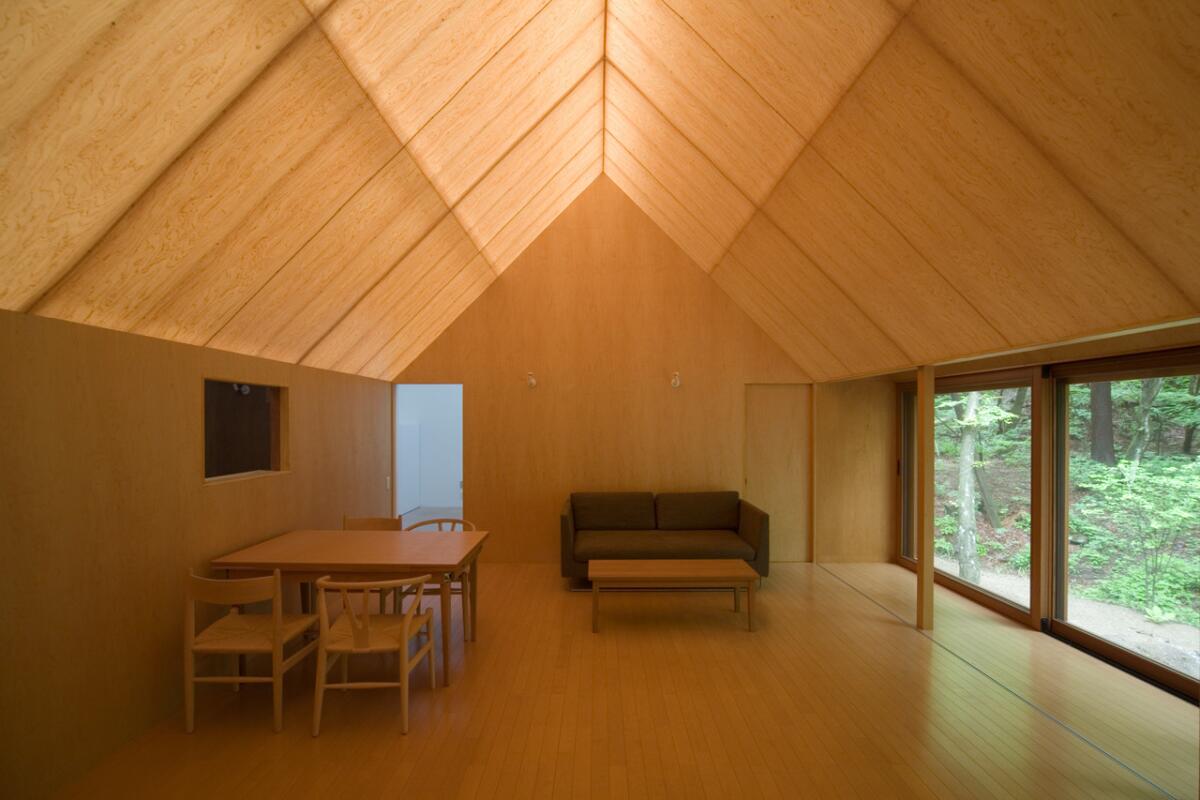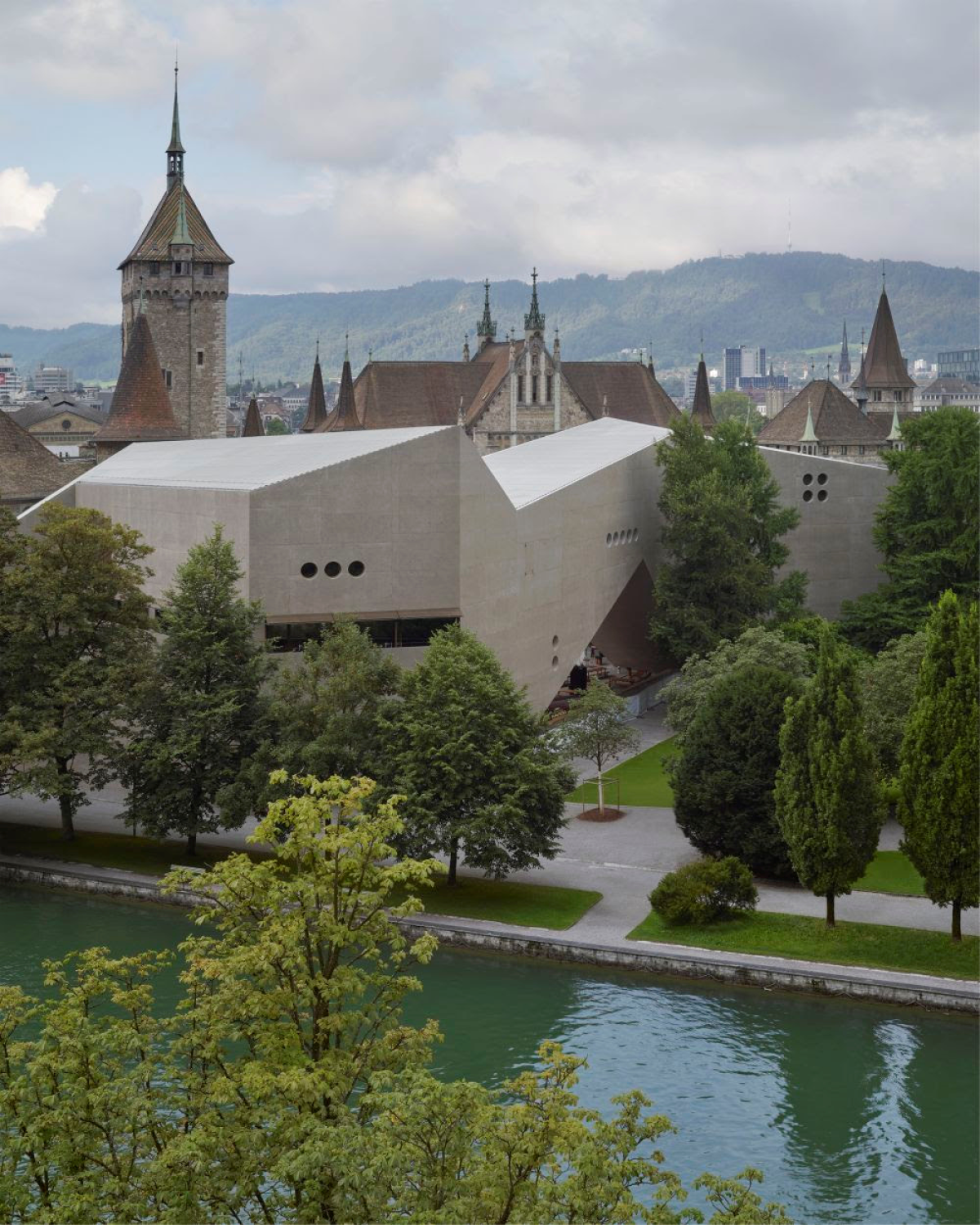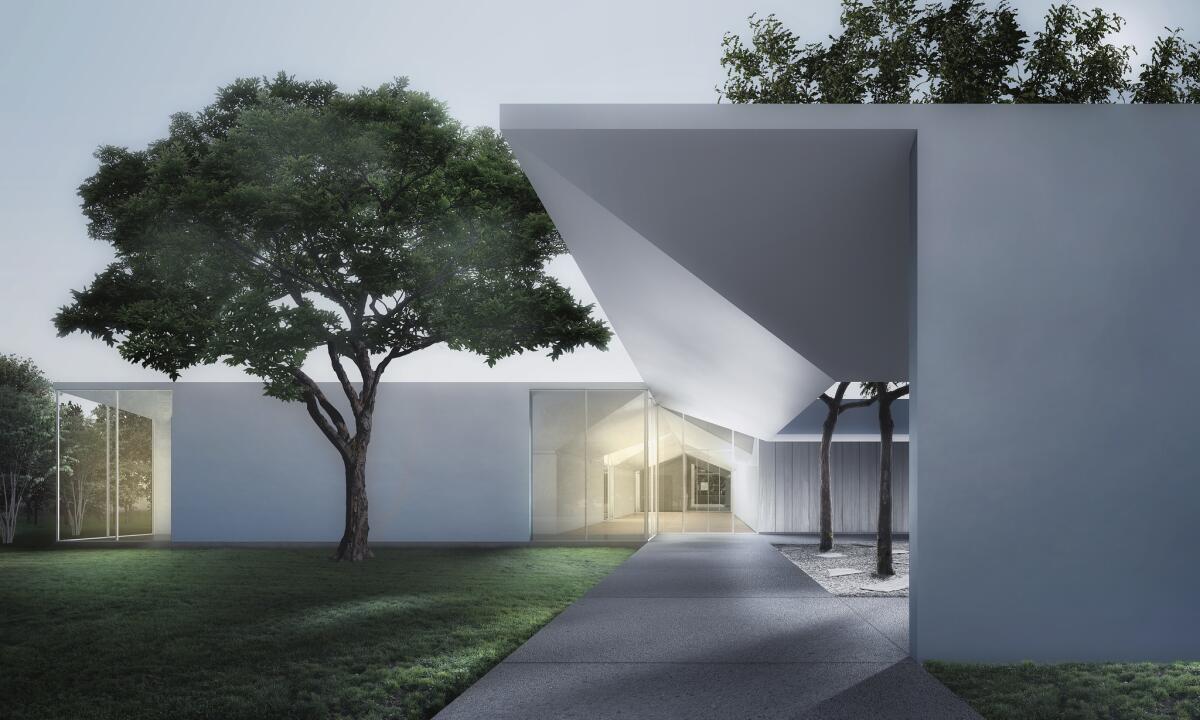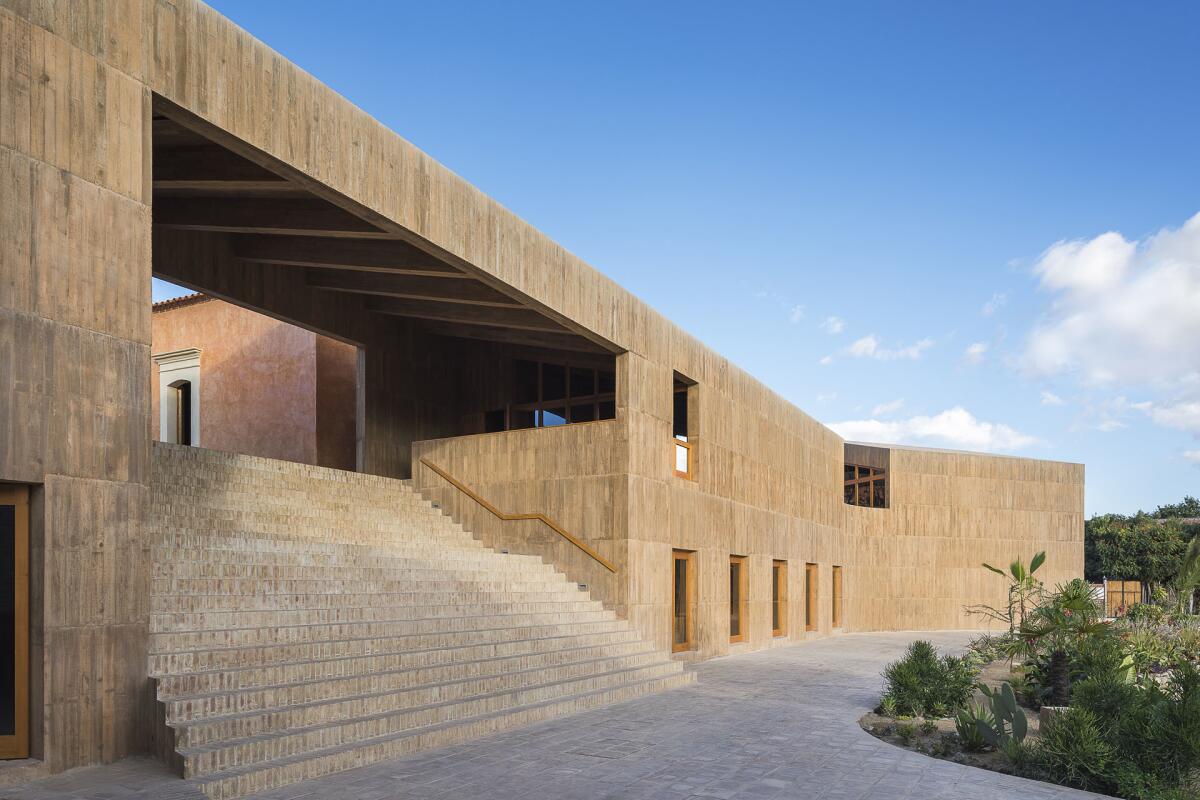Boring architecture? Yes, please

One of the best pieces of criticism I’ve read this year appeared a couple of weeks ago on the Awl, the online journal best known for affectless and typically New York-centric takes on contemporary culture. (Co-founded by Choire Sicha, the new major-domo of the New York Times Style section, it’s now edited by Silvia Killingsworth.) The essay, by Sam Kahn, is largely about playwriting. It’s called “The Triumph of the Quiet Style.”
Kahn’s argument has two basic threads. First, that the wildly influential Annie Baker and other younger playwrights, in a reaction against the testosterone-fueled approach of figures like Neil LaBute and David Mamet, are producing work that unfolds slowly, without rapid-fire dialogue or bombast — work that is, in a word, quiet. And second, that this sensibility (“the dominant, most provocative, most interesting aesthetic of our time”) increasingly can be glimpsed in art forms beyond theater, including fiction and film.
There’s no mention of architecture in Kahn’s essay, but it’s easy to see some parallels. For the last year or two, I’ve been thinking about how best to sum up the most important emerging strain in contemporary architecture. This is an approach that rejects the hyperactive form-making of celebrated architects like Thom Mayne (very much the LaBute of his architectural generation), Daniel Libeskind, the late Zaha Hadid and others in favor of work that is spare, solid and unhurried.
As I’ve noted before, there’s something archetypal about this architecture. Its forms are basic, totemic: Euclidean shapes dredged from the long memory of the field. It sometimes relies on modules or grids. It’s often monochromatic. It’s post-digital, which means it rejects the compulsion to push form-making to its absolute limits that overtook architecture at the turn of the century. As a result, it sometimes looks ancient or even primordial. It never looks futuristic.
It is often architecture that has some weight, a palpable sense of mass or layers (as opposed to a highly photogenic skin). It’s mostly produced by architects born in the late 1960s, the ’70s and the early ’80s. Its overriding characteristic is a sort of stillness. It is against virtuosity (at least the showiest kind). It’s mostly made of stone, wood or concrete instead of glass and curving metal panels. Something Kahn says about Baker’s work is also true of this architecture: It exists “at room temperature.” It occasionally slips past the spare into the plain or the generic, and from there to the intentionally or ironically banal. It’s like some recent movements in fashion in that way.

The architects making work of this kind include the Chileans Mauricio Pezo and Sofía von Ellrichshausen, Portugal’s Aires Mateus and the Swiss firms Christ & Gantenbein and Office Kersten Geers David Van Severen. There are strong hints of the style in the architecture of Sharon Johnston and Mark Lee, who call their Los Angeles firm Johnston Marklee; Productora, a Mexico City firm that recently opened a small office in downtown L.A.; Tokyo’s Go Hasegawa; and New York’s MOS and SO-IL, among many others.
Every name I’ve just mentioned was included in this year’s Chicago Architecture Biennial, directed by Johnston and Lee, which made the event something of a coming-out party for the New Euclideans. It would be wrong to say the biennial as a whole was a celebration of knowing restraint — the youngest architects in the show brought a significant dose of color and restlessness — but there’s some obvious tonal overlap between Kahn’s essay and Johnston and Lee’s show. Lee told me he wanted the biennial to have a “a slow cadence.”
Does this architecture sound boring? I’m realizing that it probably sounds boring. There are certainly many architects (baby boomers and digital die-hards in particular) who feel that way. And critics: Among the most entertaining takes on this year’s biennial came from David Huber, who wrote in Artforum that the show was dominated by “a loose network of architects, San Rocco-reading Europeans in their forties, [who] reject the razzle-dazzle of the digital” in favor of “an austere yet casual aesthetic of simple geometries.” (The San Rocco reference, a perfect detail, is to a precocious architectural journal published in Milan.) In the end, Huber wrote, the biennial was “an adventure in disengagement. … Architecture felt small, isolated, gutless, and inconsequential.”

I for one think architects should embrace the boring charge. As with Baker and other playwrights, the spirit of this new work, its power, comes in part from what it’s reacting to — the overloud, overwrought, mostly male voices it has already managed to mute. (The emerging style, much of it coming from firms co-founded by women, seems well suited for the post-Weinstein moment.) We had a full generation of pyrotechnic architecture, produced by celebrity designers who sold spectacle to ready audiences and credulous critics. You could make a good case that buildings of that kind dominated architecture even more than manic playwriting dominated theater.
There’s something encouraging about how measured and well-considered the response to that work has been from younger architects. “Room temperature” is exactly right. This isn’t ice-cold minimalism, architecture plunged into a deep freeze after years of running too hot. It’s unruffled. The only thing it tries hard to do is not to try hard.
These architects are making a point of working without the cynicism that began a few years ago to color the work of Mayne’s firm and others. As Kahn puts it, there’s “something Quakerish in this sensibility.” This helps blunt Huber’s suggestion of austerity: The new architecture is lean more as a result of finding strength in basic but substantial forms than in defiantly going without. This isn’t a hunger strike. It’s closer to a calm expression of faith in architecture itself.
How long the unhurried approach will stick around is among the most intriguing questions to ask about architecture at this moment. Is it best understood as a transitional style? (Lee has described the new ethos as “momentary,” a chance for architecture to “get resituated.”) If so, how soon might it fade and what might it lead to?
I don’t mind waiting a bit for the answers to those questions. If there’s one thing linking the quiet style in theater to architecture’s new reticence, after all, it is not just a tolerance for the sound of one’s own thoughts and the audible ticking of an existential clock but an appetite for them.

Baker herself put it this way in a recent interview: “Silence and stillness are very exciting to me. I feel so over-stimulated and bored by a lot of the theater I see these days because of the breakneck speed at which it’s performed. There’s this obsession with ‘pace,’ and I think it’s because we’re terrified of boring audiences that are used to looking at the internet while watching TV while talking on their iPhone. Also, when it feels like nothing is taboo anymore — we can have sex and violence onstage and no one blinks an eye — I think the one thing left that really makes people uncomfortable is empty space and quiet.”
Replace “pace” with “form” and Baker’s critique of playwriting could be a critique of architecture over the last two decades. It’s a critique that reveals the vainest sort of celebrity architecture as a kind of sitcom, sticking close to well-worn, crowd-pleasing formulas, with those credulous critics (and there were a lot of them, more than enough to fill a studio audience) providing the laugh track. As Nikolaus Pevsner wrote about an earlier impulse in architecture, toward modernism: “If the new style is bare, if it goes straight to the point, there are reasons for it.”
A boring building in 2017 is a building with something meaningful to say. To think of it merely as a pendulum swinging back toward a more balanced architecture is to underestimate it. It is also a wrecking ball (another solid and monochromatic form, a basic shape, an archetype) taking down a sensibility, a kind of machismo and self-satisfaction, that desperately needed razing — one that was taking up too much space and blocking too much sunlight, that was giving other kinds of architecture very little chance to grow. And it is doing so as wrecking balls do: at a deliberate and tireless pace, making sure the site is cleared, the old building reduced to dust, before it finishes its work.
Twitter: @HawthorneLAT
MORE ARCHITECTURE:
In defense of Chicago’s Thompson Center
The biggest entertainment stories
Get our big stories about Hollywood, film, television, music, arts, culture and more right in your inbox as soon as they publish.
You may occasionally receive promotional content from the Los Angeles Times.








